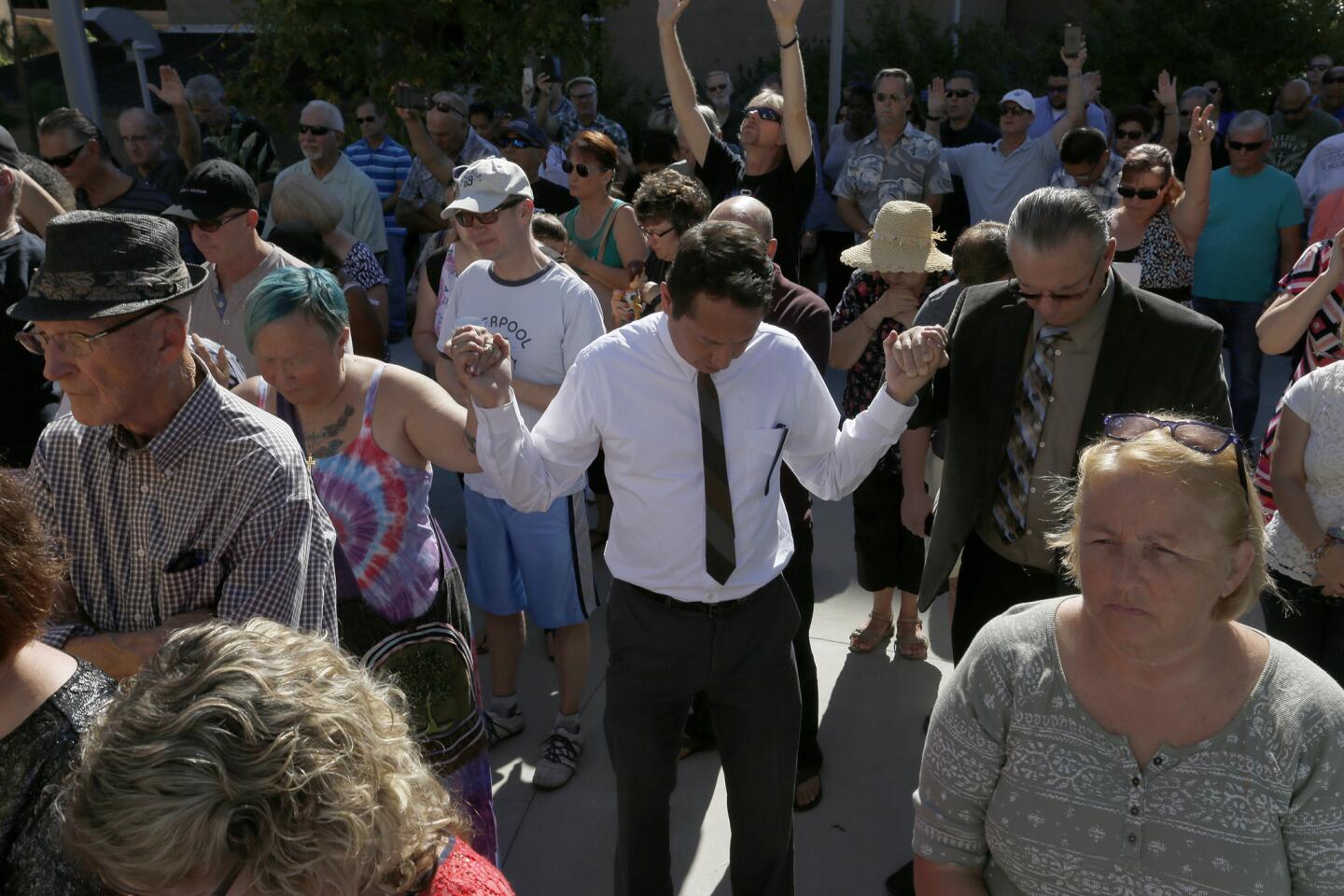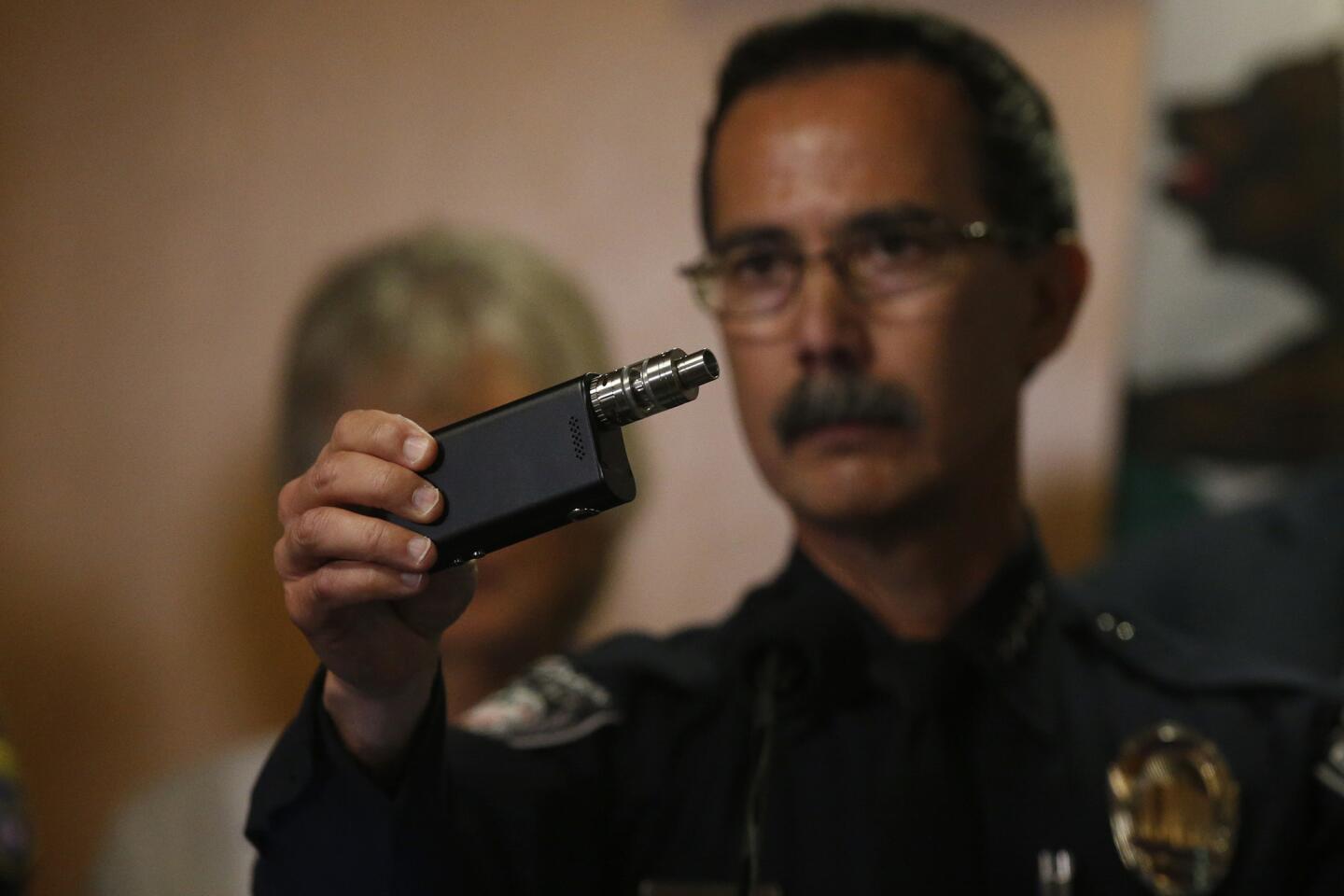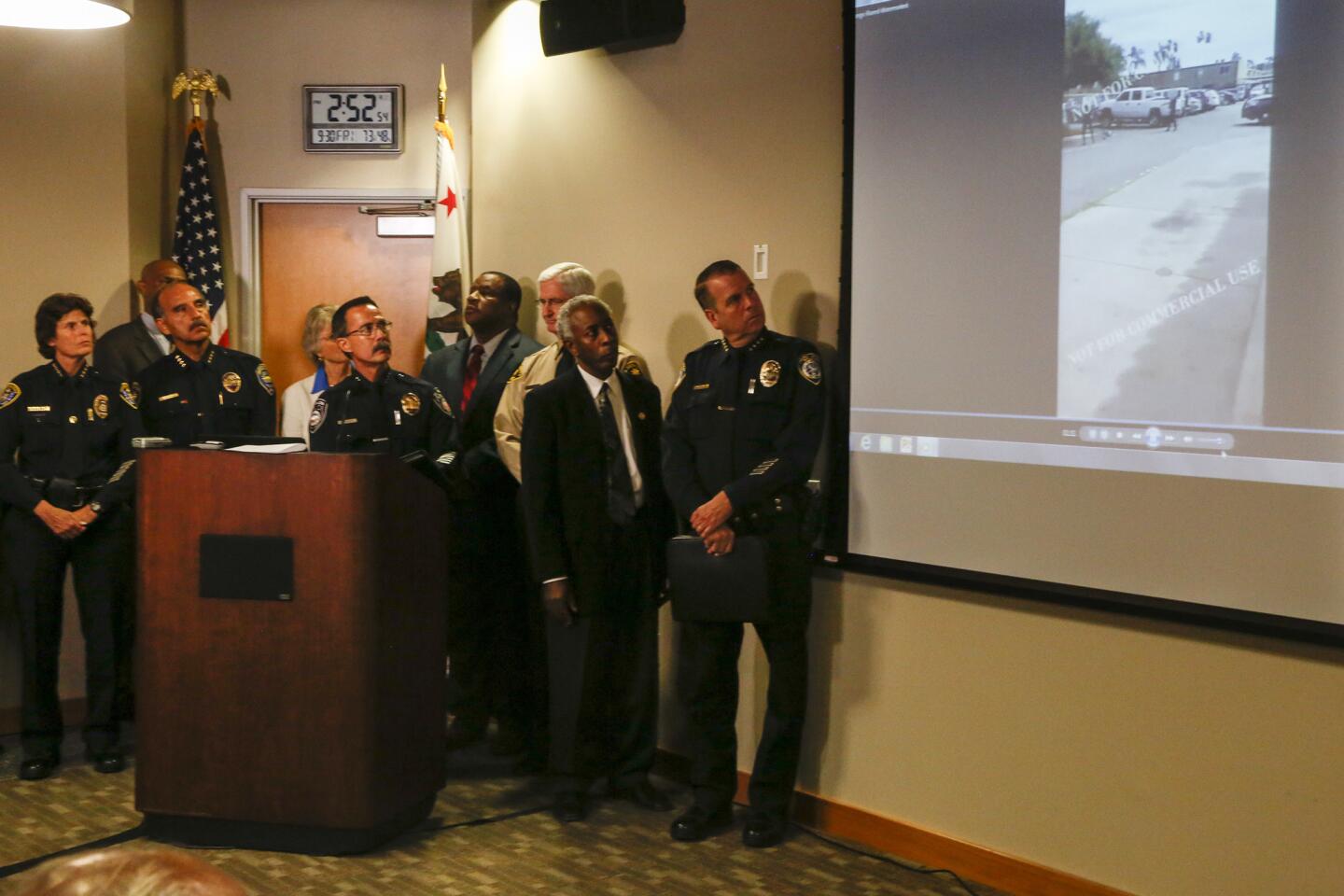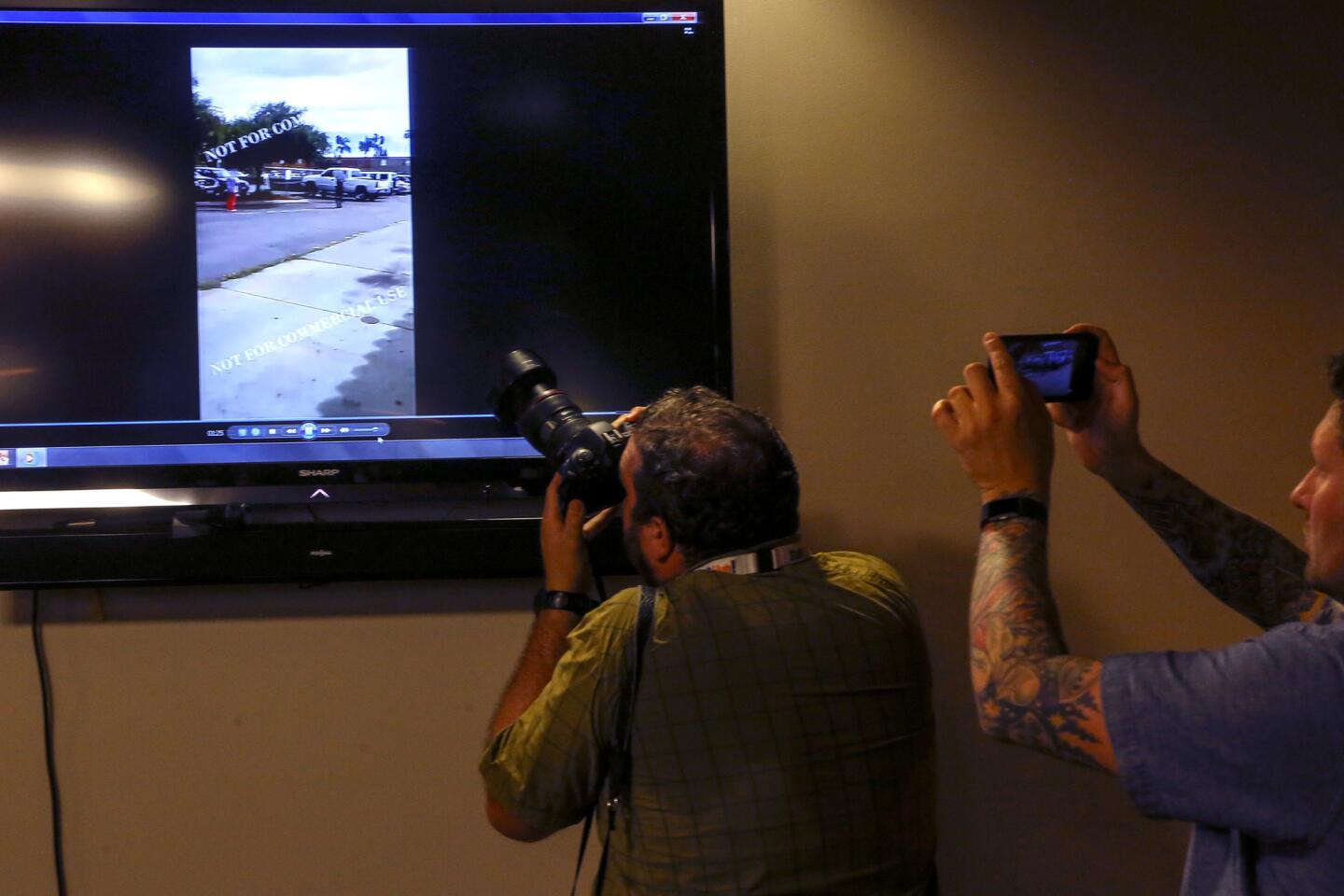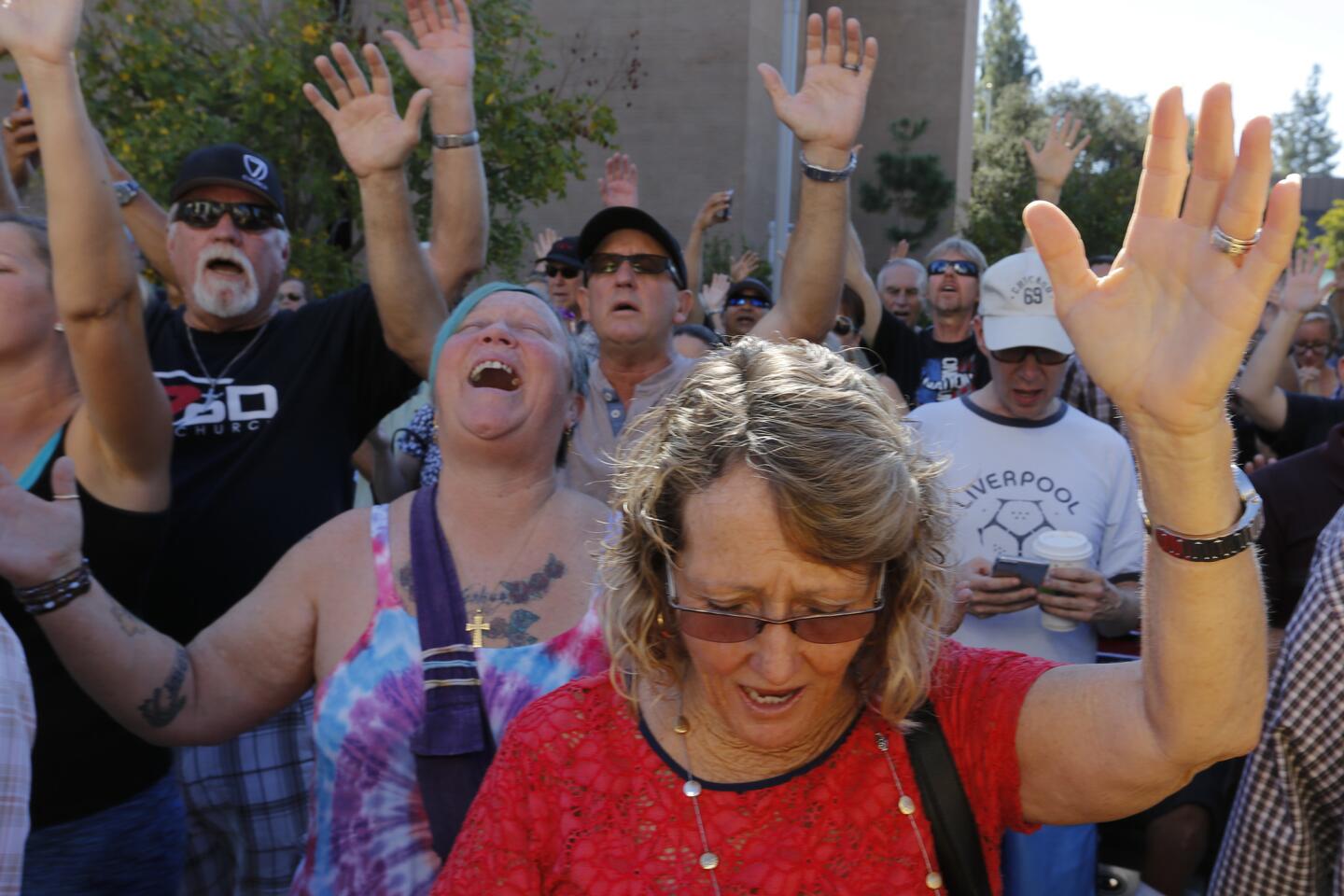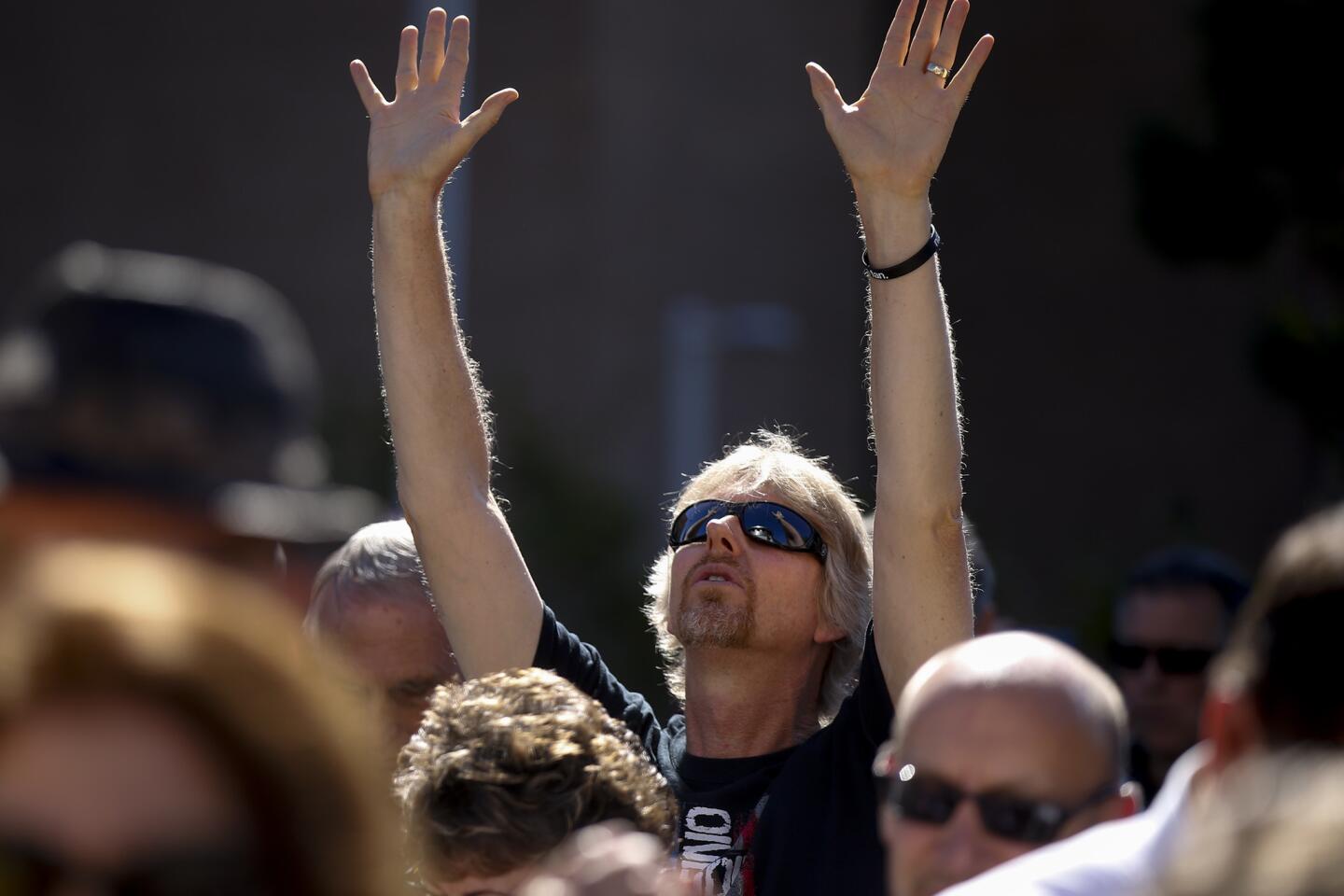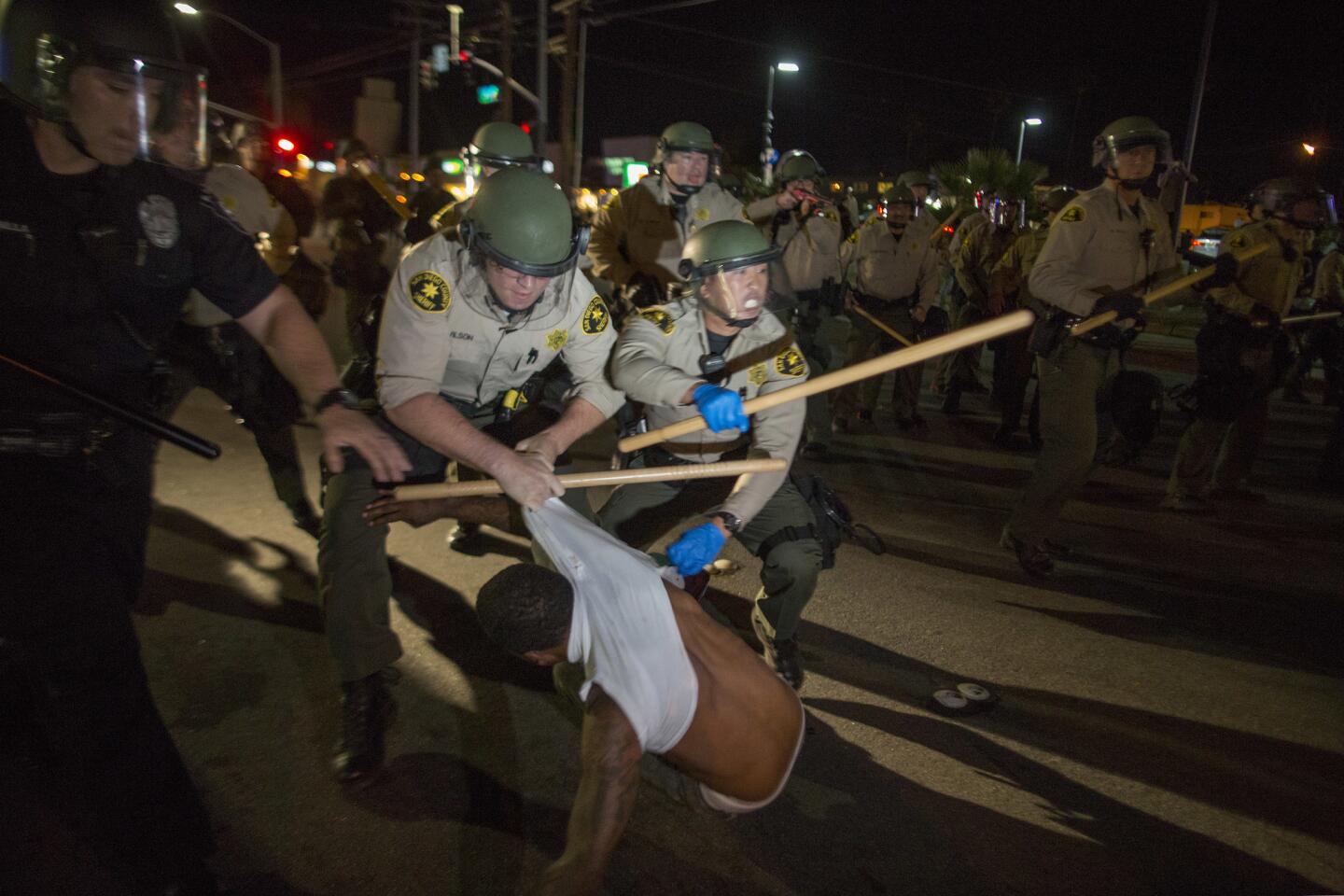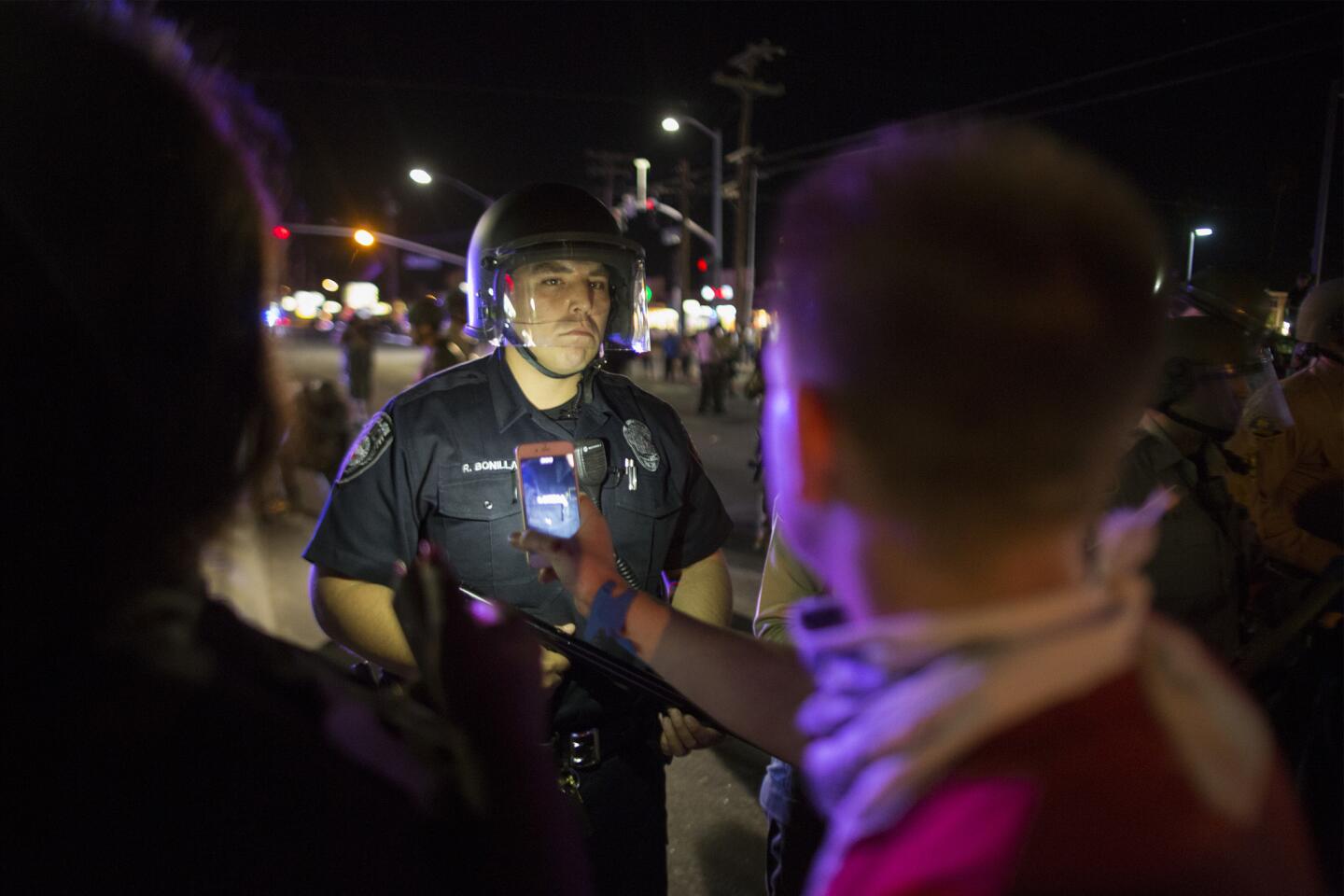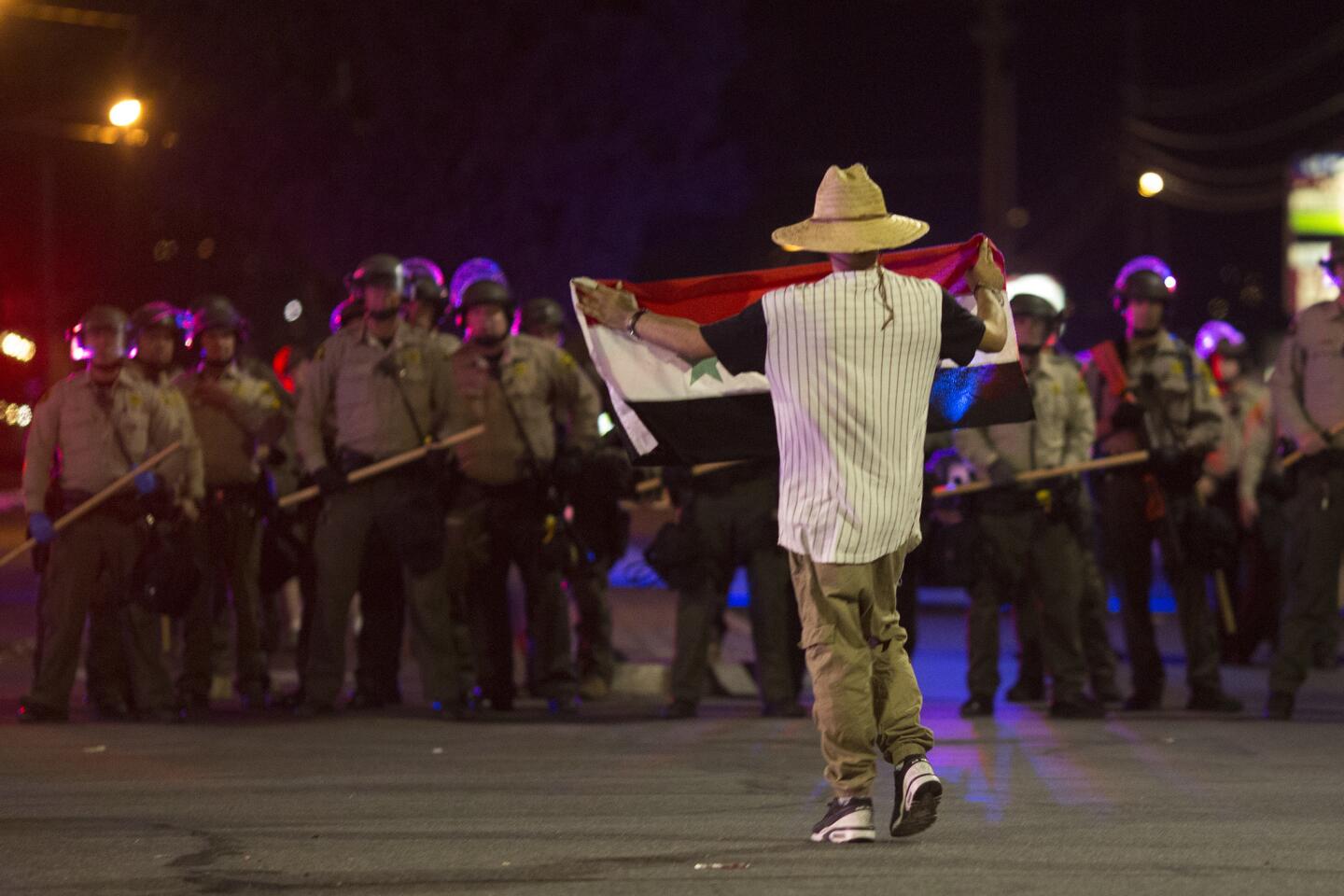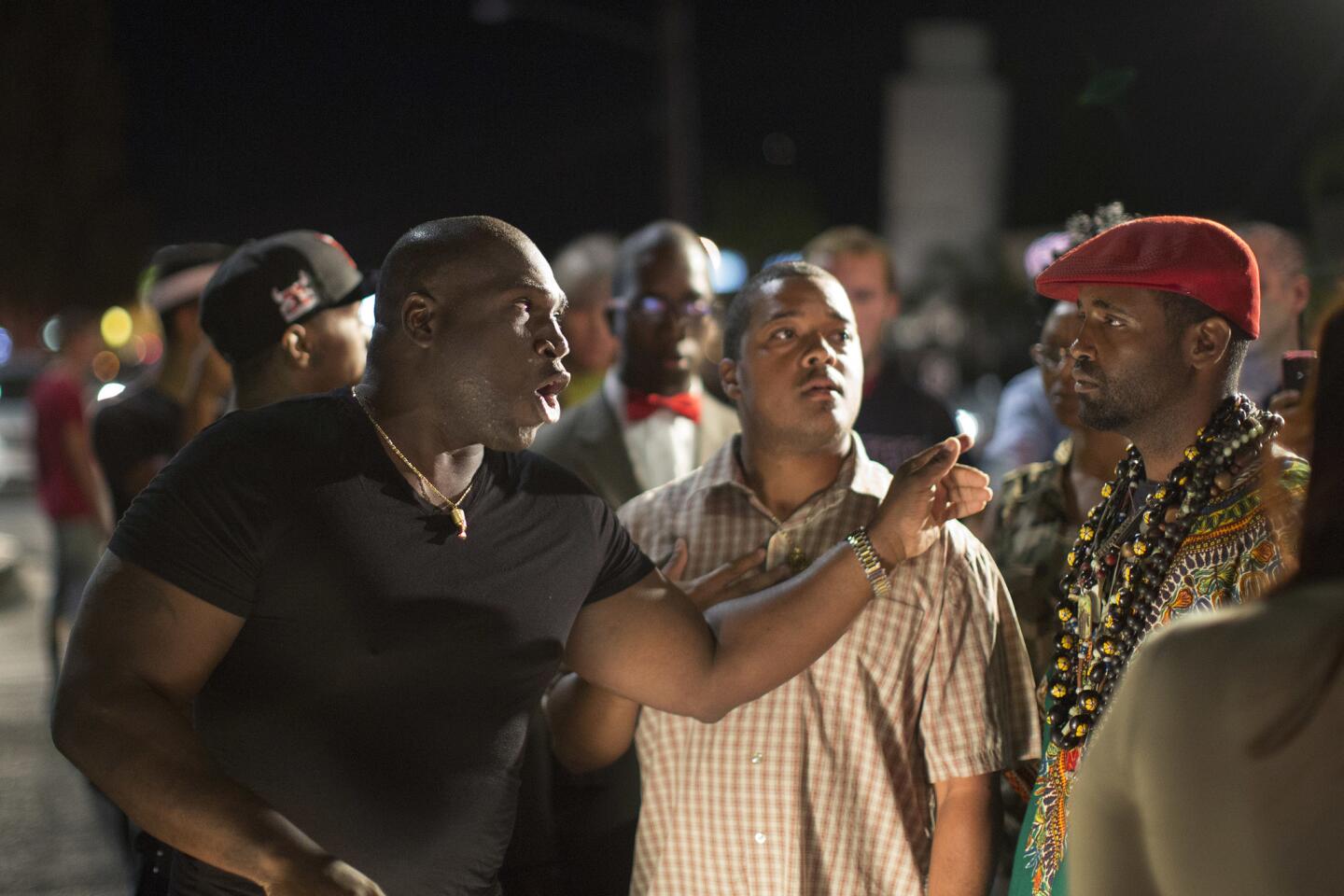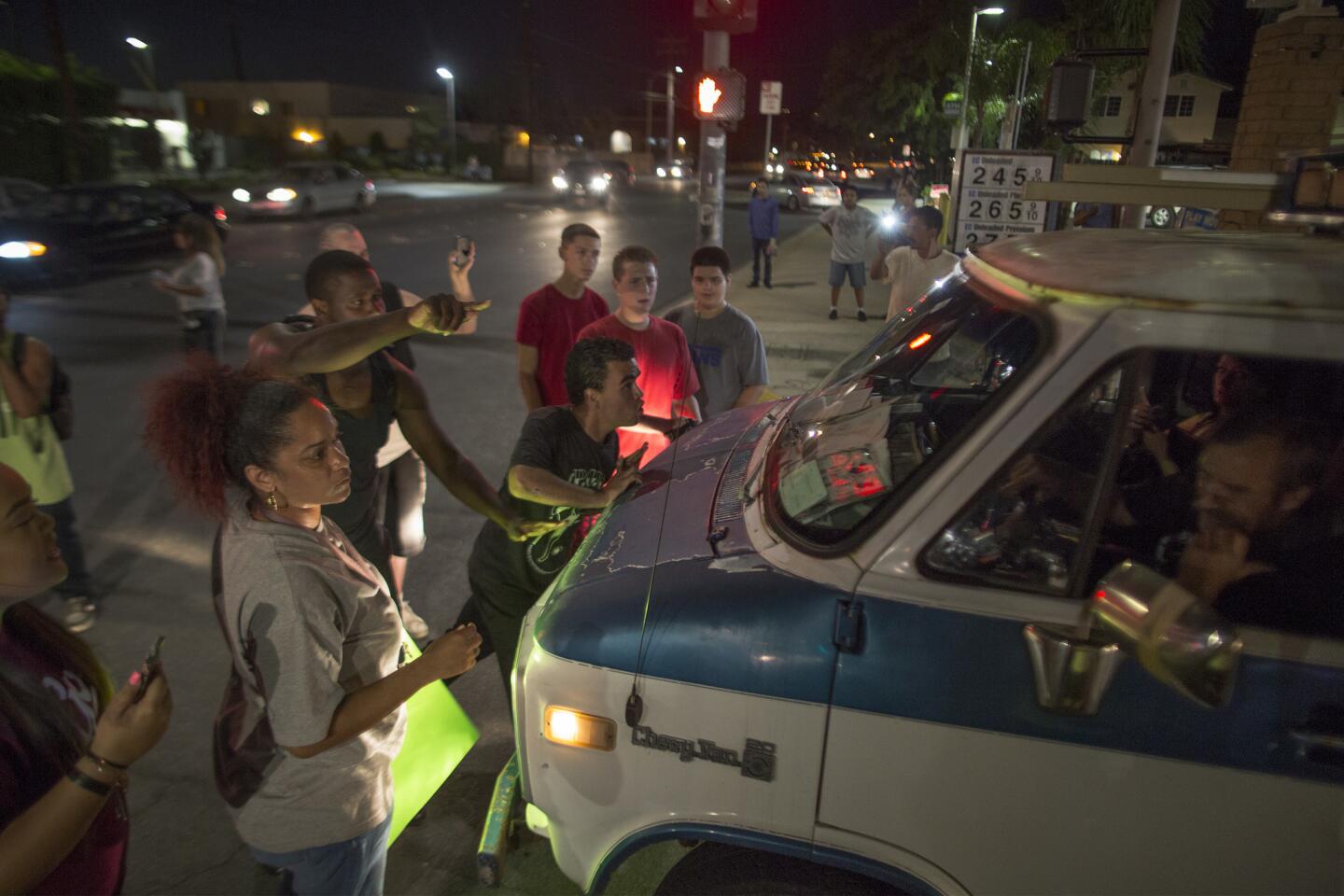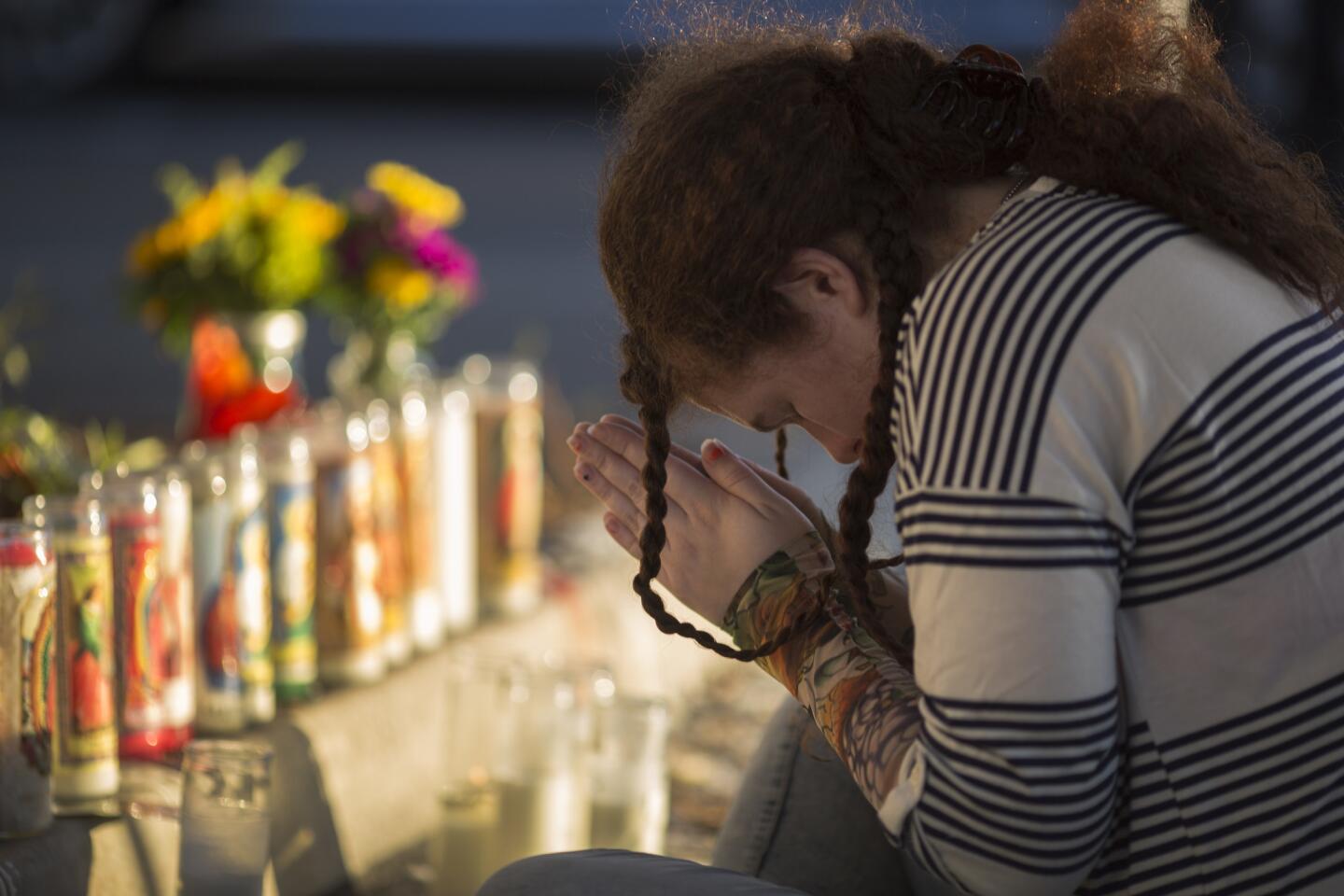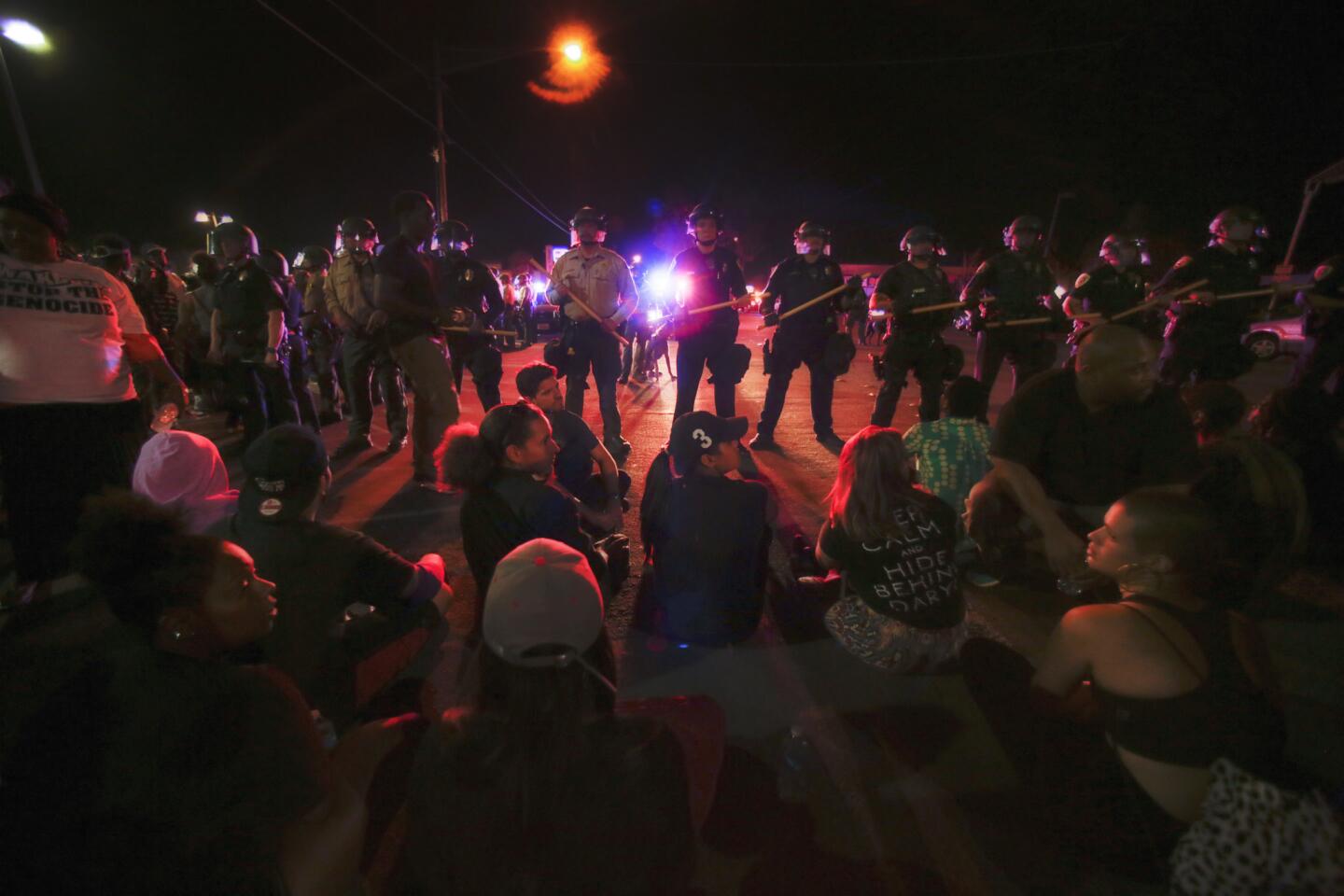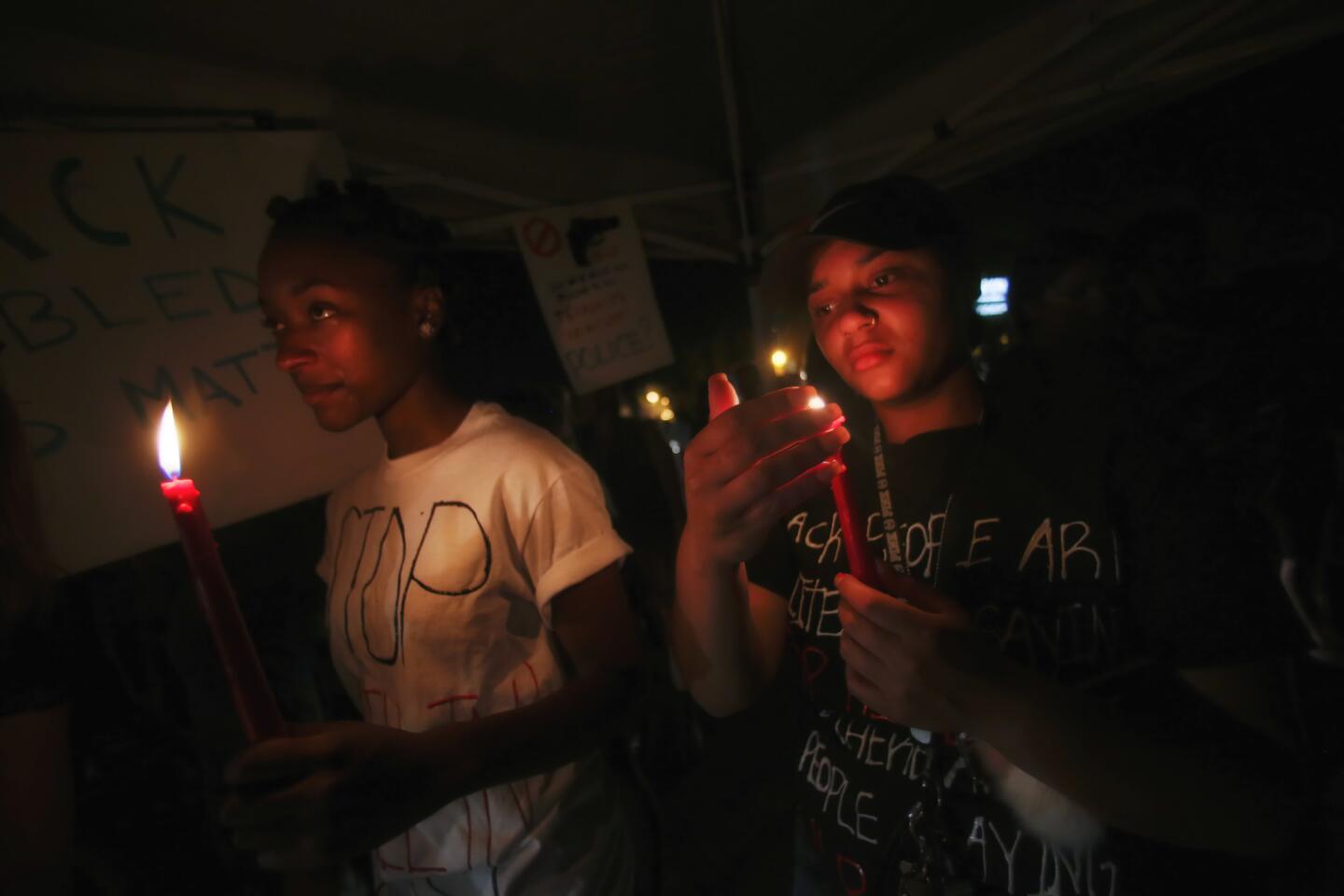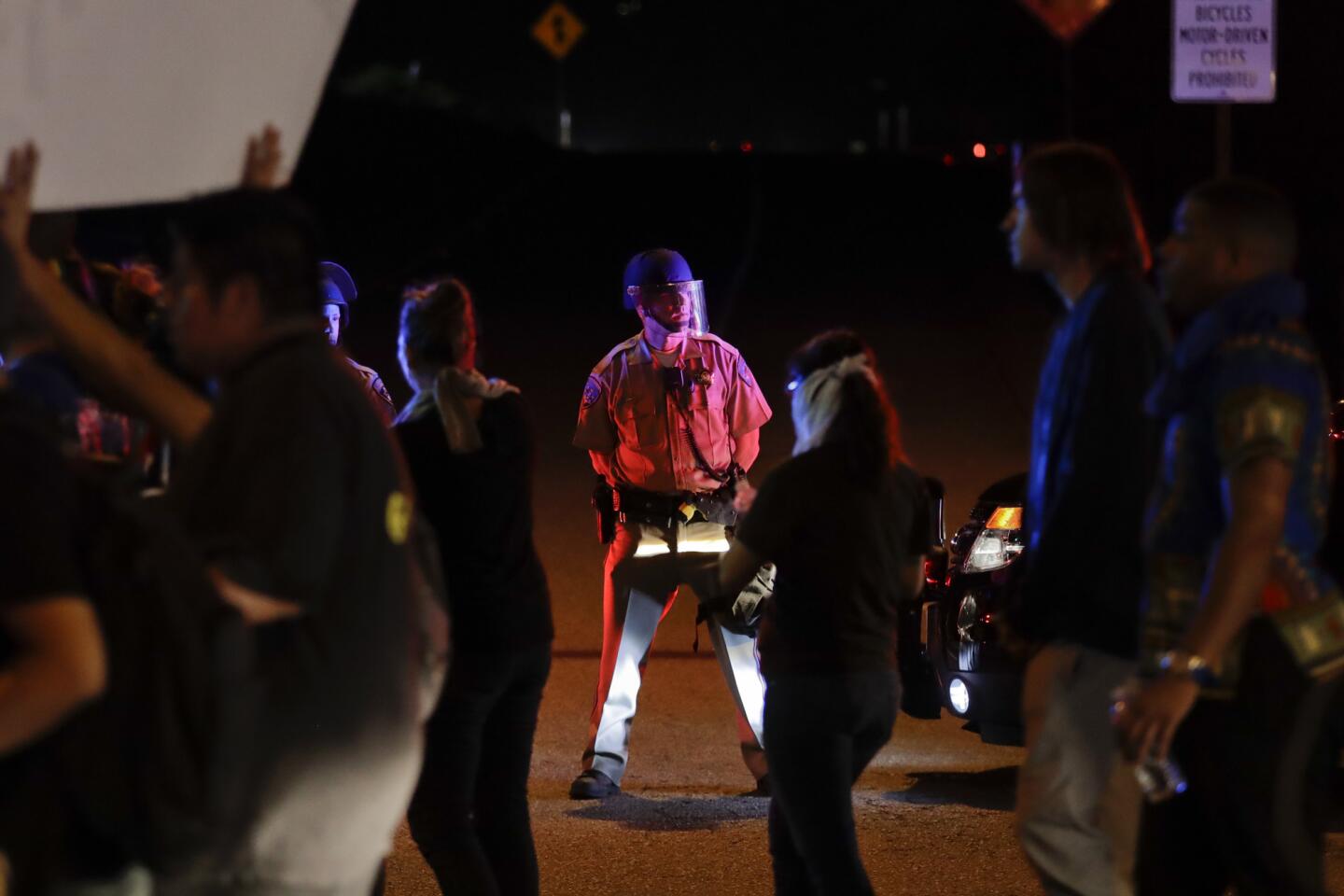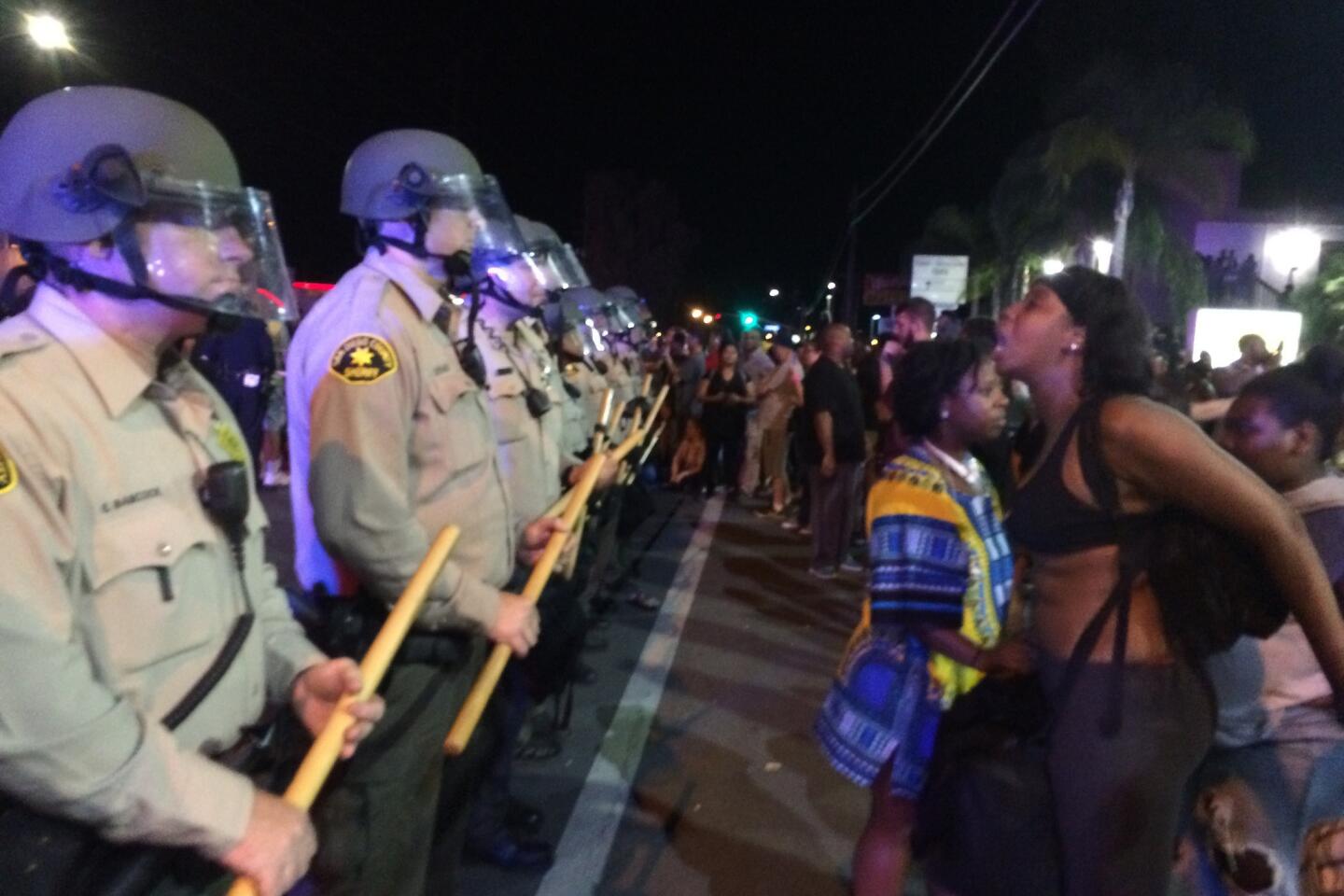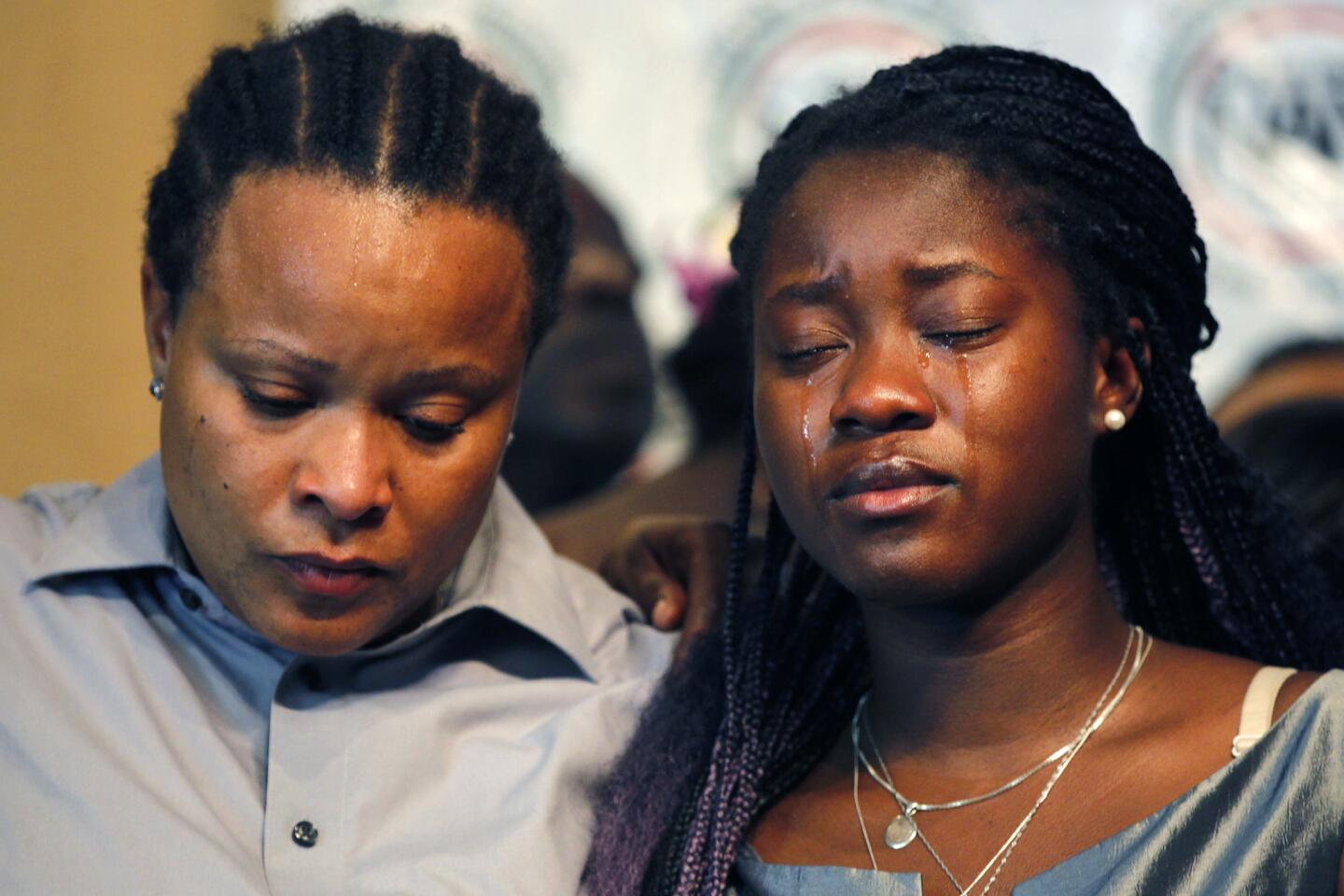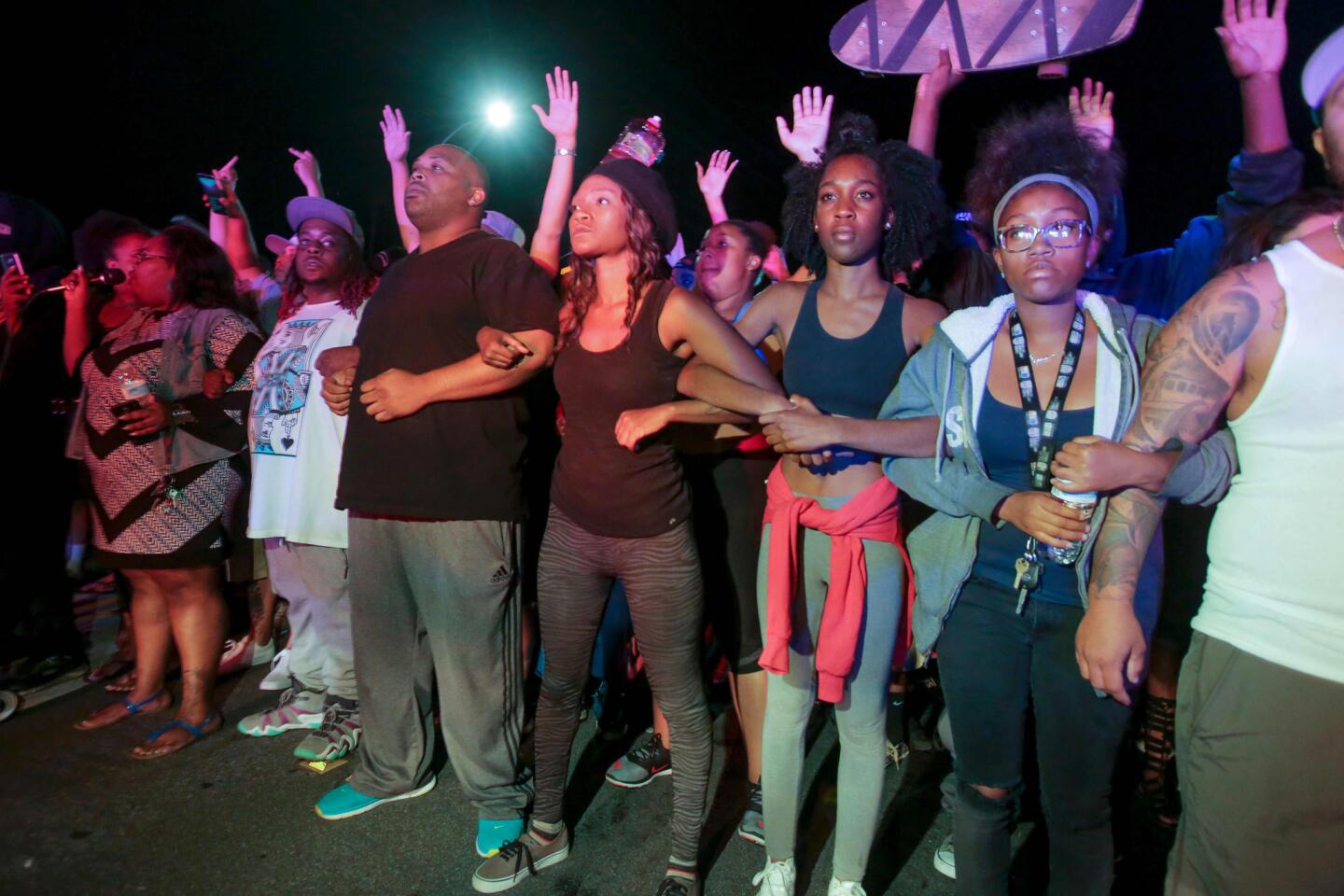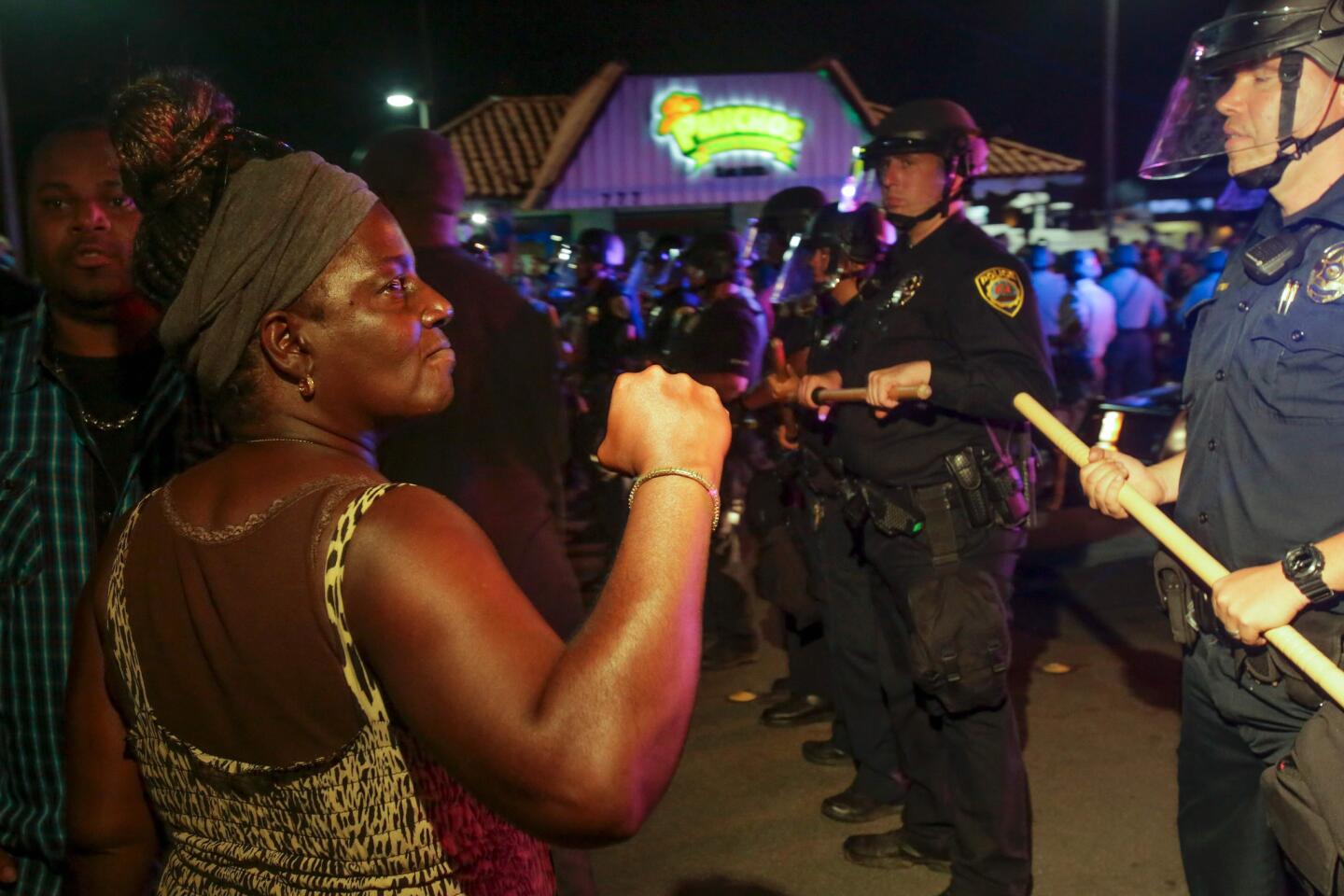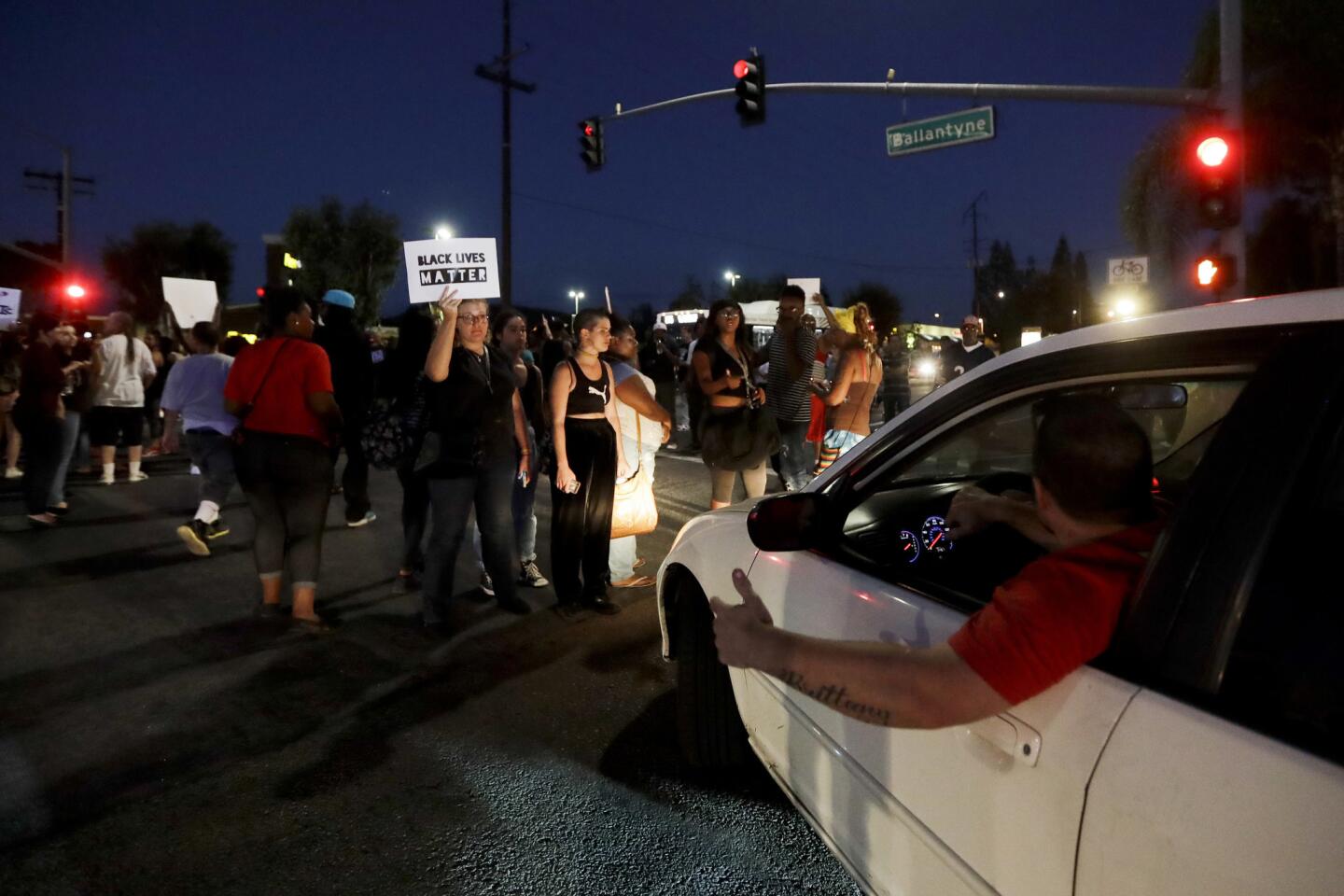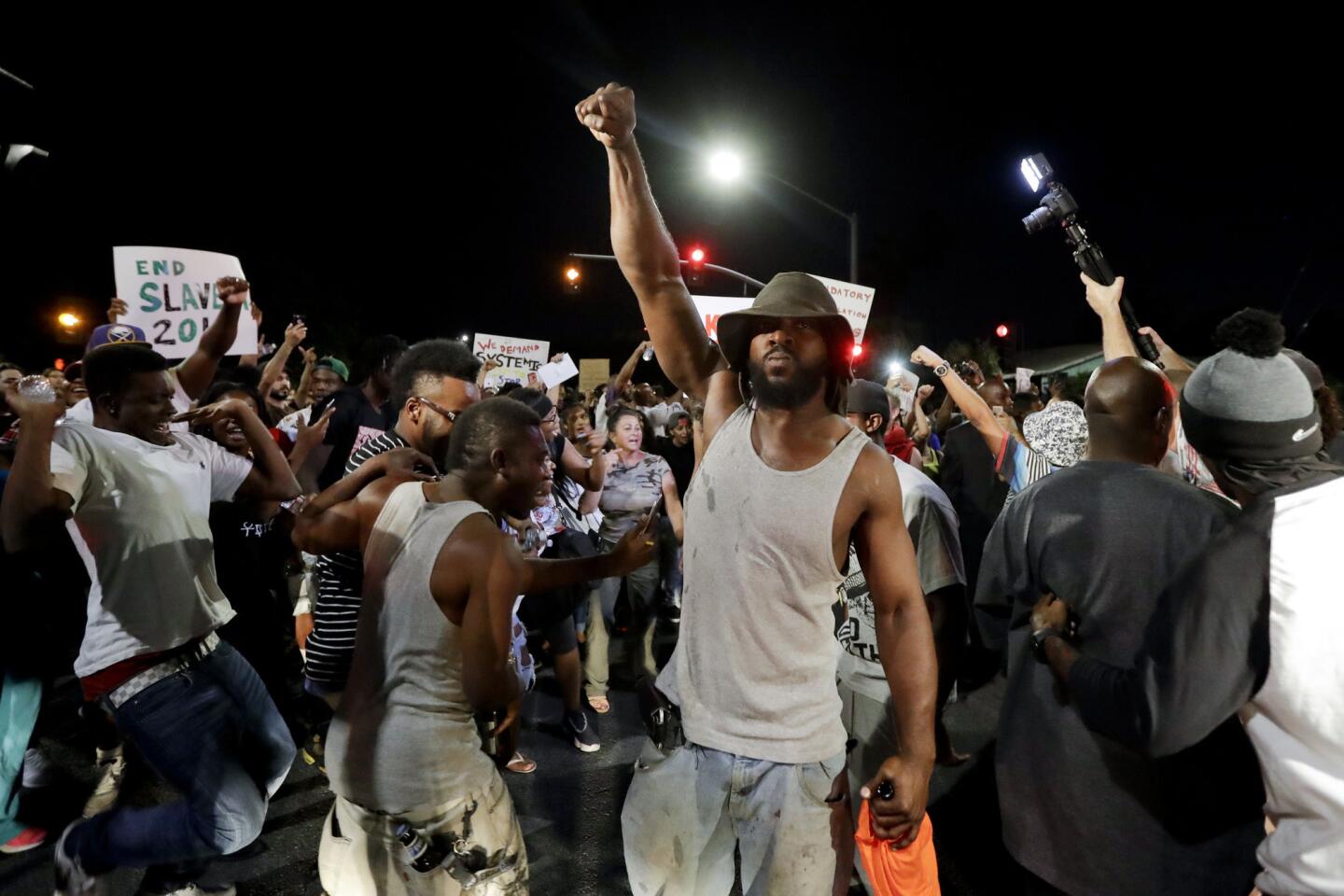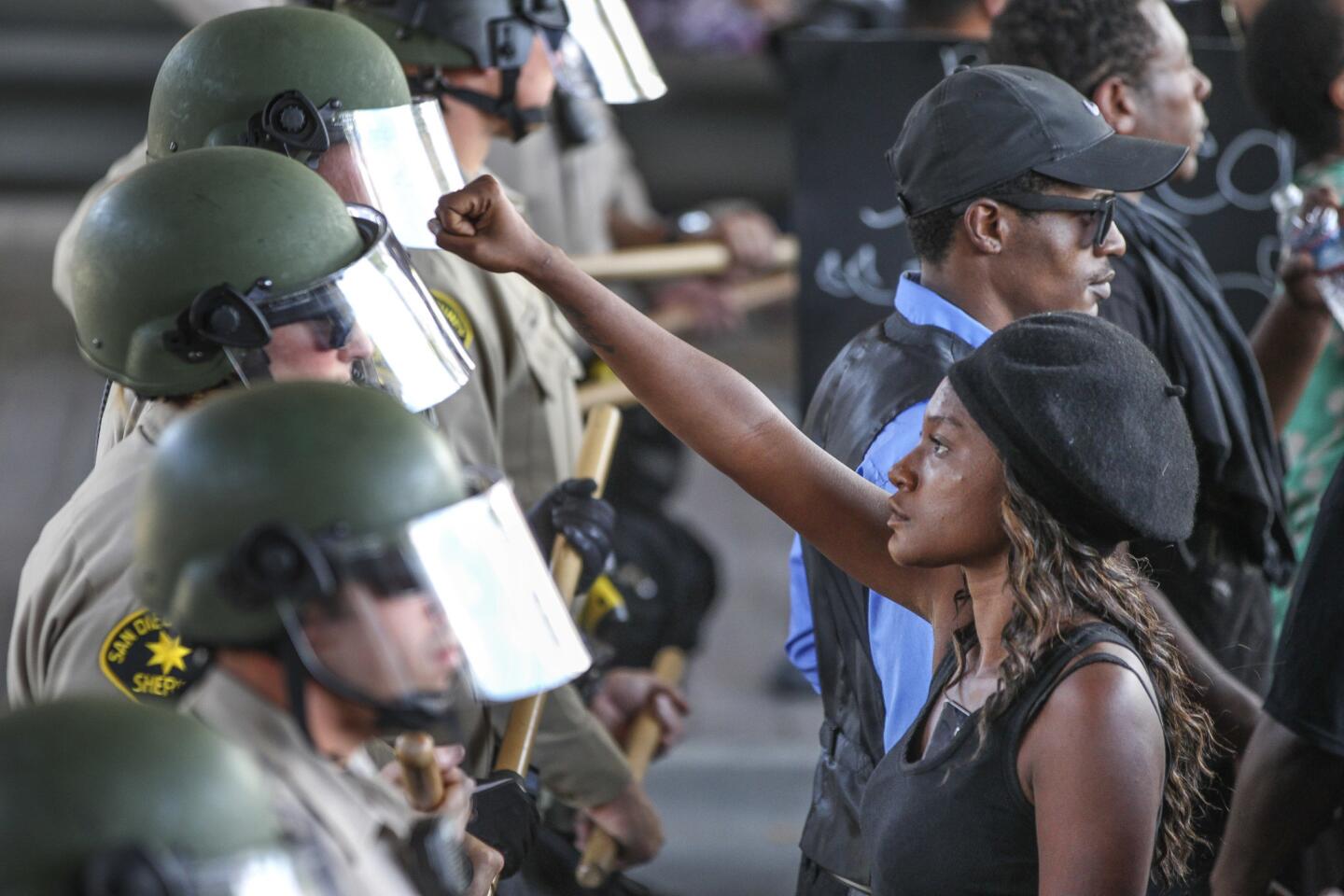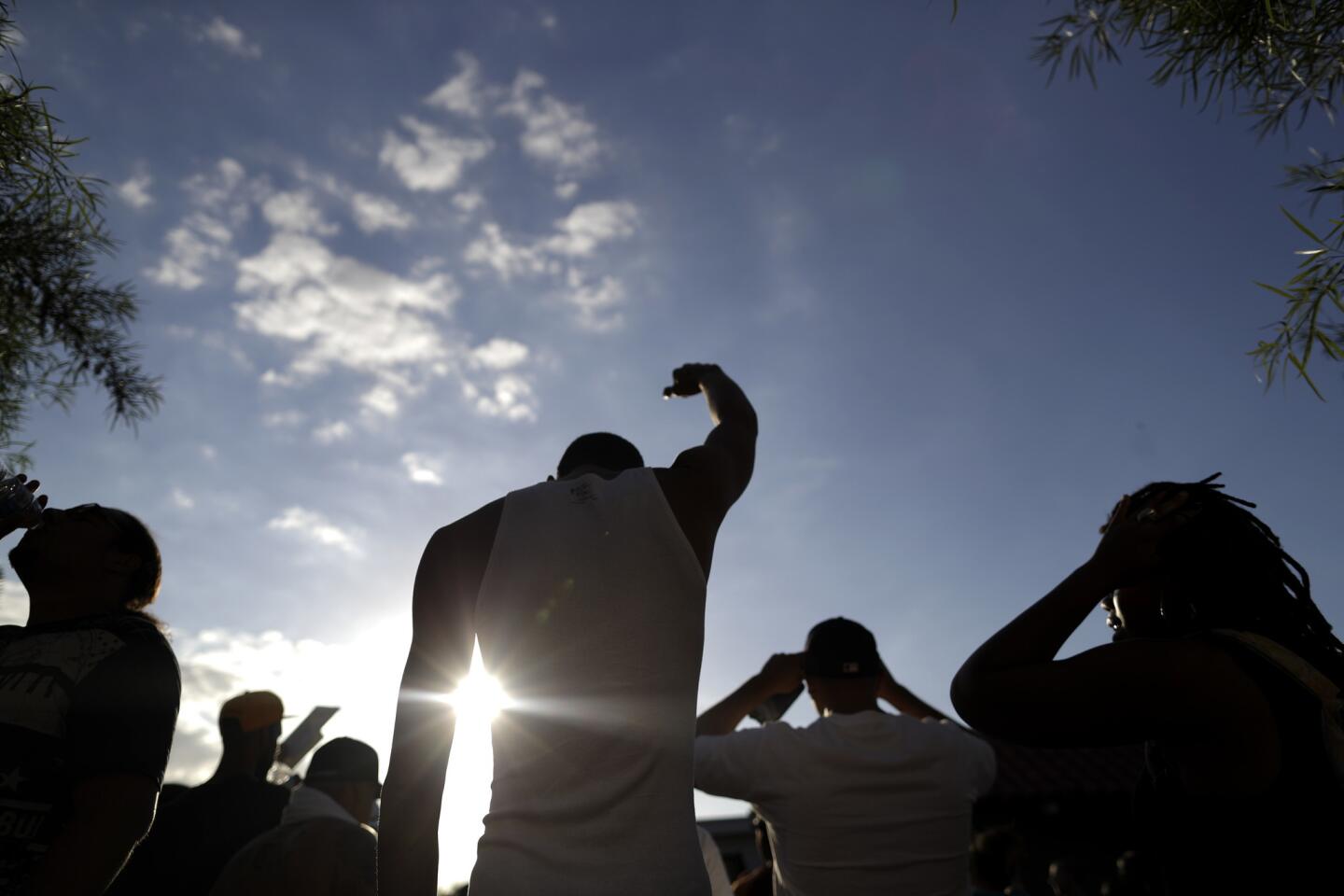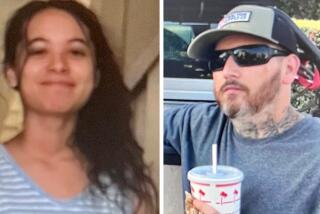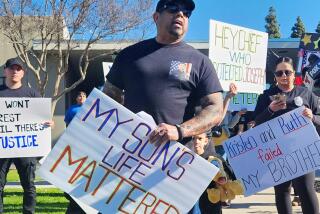The battle for footage after the El Cajon shooting: âThe country is begging for a videoâ
Reporting from EL CAJON, Calif. â Last month, San Diego law enforcement agencies came together to write what they described as the nationâs first countywide policy on the release of video recordings showing police shootings.
Several high-profile shootings caught on video over the last few years have prompted the news media and community activists to demand the images be made public. Designed to deal with those pressures, San Diego Countyâs policy was an attempt to balance public transparency with the needs of investigators to collect interviews and evidence. It said video generally would be made public, but only after the District Attorneyâs office had completed its investigation.
But the pioneering guidelines are facing new scrutiny this week as San Diego County deals with a real-life test: The controversial killing of a black man by El Cajon police.
The shooting was recorded by a bystander, who gave the video to investigators. But citing the policy, authorities have refused to release the tape, despite calls by both protesters and civil rights groups.

El Cajon Police Chief Jeff Davis urged the public to let the investigation unfold before making any judgments about the shooting.
Instead, police provided a single still image from the video, showing the 38-year-old man, Alfred Olango, with his hands clasped together and raised toward an officer in what police described as a âshooting stance.â It was later disclosed that he was holding an electronic cigarette.
Authorities said it would be wrong to release the whole recording while detectives are still interviewing witnesses and gathering evidence. The video, they said, could influence what witnesses say and make it more difficult to get to the truth.
But others say the public anger over the shooting and the questions about whether the officers were justified in their actions make releasing the video now essential.
âThe public has the right to view the full video, not just the El Cajon Police Departmentâs spin,â Norma Chavez-Peterson of the American Civil Liberties Union said.
âThe country is begging for a video,â added Rev. Shane Harris, leader of the San Diego chapter of the National Action Network,a civil rights organization.
The standoff underscores the struggles police departments across the country are facing with how to deal with videos of police officer conduct. Bystander videos of shootings and other police actions are becoming common, and many departments are in the process of equipping officers with body cameras to record their interactions with the public.
There is no standard policy for when â or if â those videos are released. Many police departments have said they donât intend to make public the body camera videos.
The public has the right to view the full video, not just the El Cajon Police Department’s spin.
— Norma Chavez-Peterson of the American Civil Liberties Union
But several high-profile police shootings this year have put new pressure on law enforcement to make videos public more quickly.
In Fresno this summer, the police shooting of an unarmed man sparked days of protests and many varied stories about what exactly happened. Fresno Police Chief Jerry Dyer took the unusual step of releasing the police dash-cam video to offer a clearer narrative of the shooting. The video in some ways backed up the police account of the shooting, and the protests faded.
Last week, Charlotte, N.C., authorities, after initially saying police video of the controversial fatal shooting of an African American man would not be released, reversed course. But the video didnât clearly show the shooting and was viewed by protesters as inconclusive.
Other jurisdictions are now following San Diego Countyâs lead and trying to develop their own shooting video release procedures, including the Los Angeles County district attorneyâs office.
San Diego Countyâs policy was developed after the 2015 shooting by San Diego police of Fridoon Nehad, an unarmed, mentally ill man whose death in a Midway District alley was captured on a security camera.
Police seized the video and refused to make it public, arguing that it would taint an internal affairs investigation as well as a civil suit filed by Nehadâs family. After a federal judge ruled that the video must be disclosed, the district attorneyâs office released it late December.
Earlier this year, District Attorney Bonnie Dumanis released more than a dozen other videos related to various police shootings. In all cases, the D.A.âs office determined the shootings were justified.The policy states that in general, police shooting videos will be released after the district attorneyâs investigation is complete. The rules, however, do provide some exceptions and also allow the images to be edited or blurred to deal with privacy concerns.
On Tuesday, El Cajon police were notified that Olango was acting erratically, walking in and out of traffic in the suburban cityâs downtown area. His sister told dispatchers the father of two was not acting like himself.
Officers spotted him in a parking lot behind a restaurant. Moments later, one officer fired shots and another deployed his Taser gun. Police have said the officers believed Olango was holding a weapon, which turned out to be the metal electronic cigarette.
When investigators got to the scene, they said a bystander handed them a phone with a recording of the shooting.
Tanya Sierra, a spokeswoman for the district attorneyâs office, said the video of Olango would be released âas soon as we can.â She added that officials decided to release the still image âto stop some of the inaccurate narrative forming about the incident, such as that the subject of the shooting had his shirt off and his hands up when he was shot.â
Dan Gilleon, an attorney for the Olango family, said the photo still omits the truth, which is that the officer who fired never felt threatened by Olango.
âThere is no way,â he said. âHe wouldnât have been standing seven feet in front of him if he did.â
Gilleon said neither he nor the family have seen the video and accused authorities of âlitigating the case in the mediaâ by choosing to âcherry pickâ an image.
Ron Thomas, a former Orange County sheriffâs deputy whose mentally ill son Kelly was killed by Fullerton police in 2011, said itâs possible the shooting was entirely justified. But the freeze-frame of the shooting doesnât prove that.
âThe photo the department released shows the young man in a shooting stance. Did he suddenly pull his hands out of his pockets and jump into a shooting stance or did he slowly pull out his hands and stand in that shooting stance for a while?â
The difference, Thomas said, will determine whether officers acted appropriately.
MORE ON EL CAJON SHOOTING
Officer involved in fatal El Cajon police shooting was embroiled in sexual harassment lawsuit
El Cajon police say black man was holding vape smoking device in hand when officers fatally shot him
More to Read
Sign up for Essential California
The most important California stories and recommendations in your inbox every morning.
You may occasionally receive promotional content from the Los Angeles Times.
